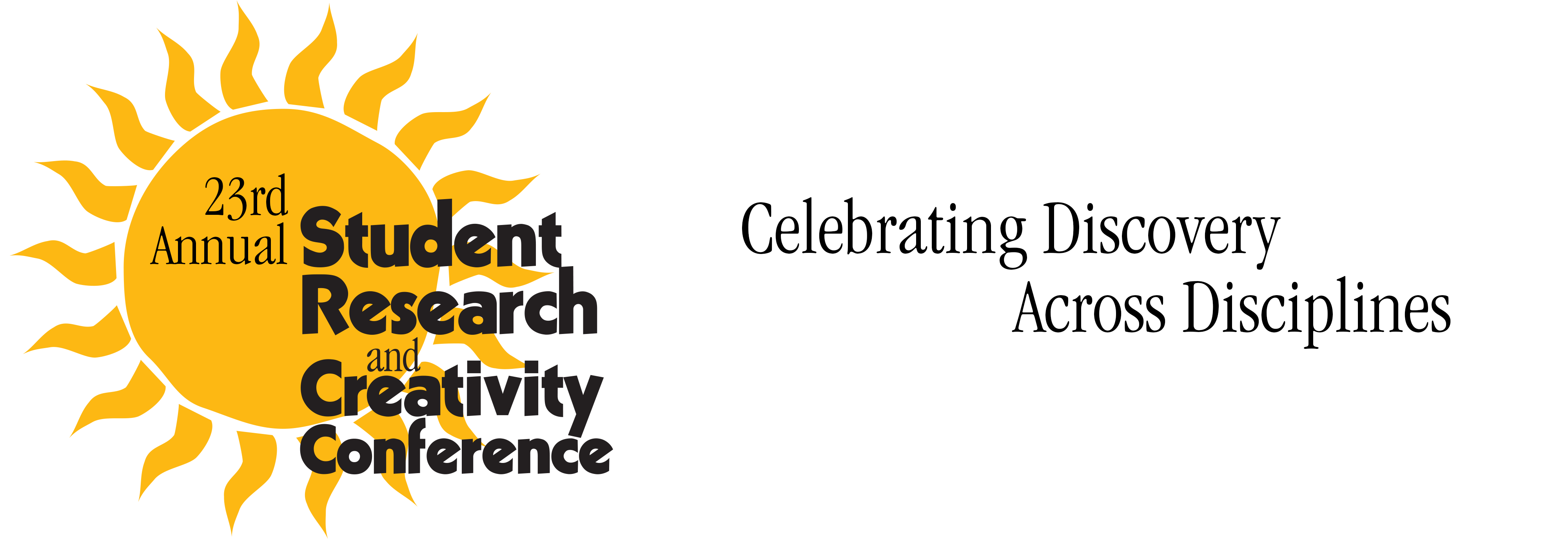
Title
Mood Effects Induced by Video With or Without Audio on Problem-Solving Performance
Files
Description
Hannah Hoebener, PSY499: Independent Study
Faculty Mentor(s): Professor Stephani Foraker, Psychology
The main purpose of the current study is to provide further understanding on how mood affects creative problem-solving. In particular, how mood affects convergent compared to divergent thinking is debated. We compare positive, negative, and neutral mood induced by short video clips (Maffei & Angrilli, 2019) before solving three kinds of creative thinking problems. Research indicates that film clips are powerful in inducing mood states (Fernández-Aguilar et al., 2019). Creative problem-solving performance will be compared through use of the Alternative Uses task (divergent thinking), Remote Associates test (convergent thinking), as well as a practical object insight problem which has not received as much attention for mood effects. The practical object insight problem includes a scene with multiple objects that the participant can use to solve the problem described in the instructions. As a novel approach to induce mood, we used video clips with audio and without audio to compare the strength of mood induction. It is predicted that those in the positive mood group will perform best on all creativity tasks, with neutral mood in between, and negative mood producing the lowest creativity performance. A second prediction is that videos with audio should produce a stronger mood manipulation and therefore will magnify the effect on problem solving outcomes. Full results of data collection for this study are presented. The findings from this research can be used to increase creativity on an individual and group level in the workplace.
Publication Date
2021
Recommended Citation
Hoebener, Hannah, "Mood Effects Induced by Video With or Without Audio on Problem-Solving Performance" (2021). Psychology and Social Sciences. 18.
https://digitalcommons.buffalostate.edu/srcc-sp21-psychsocsci/18




